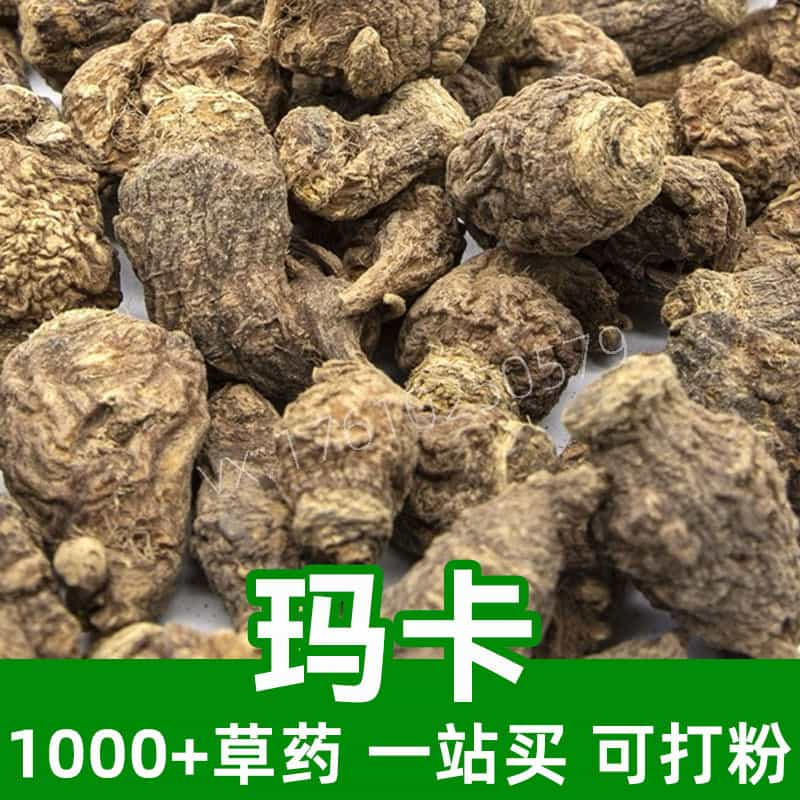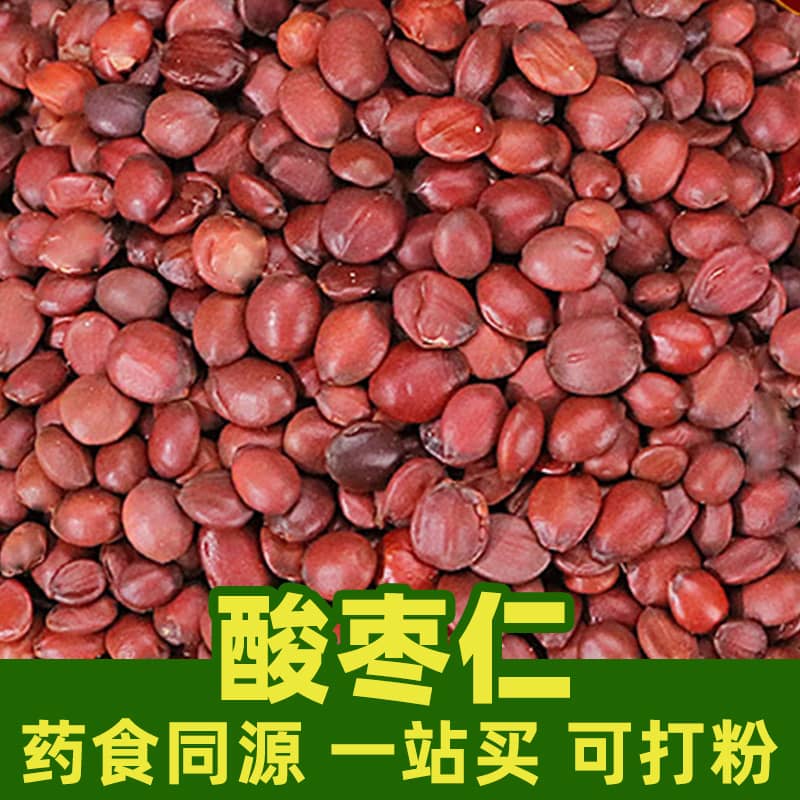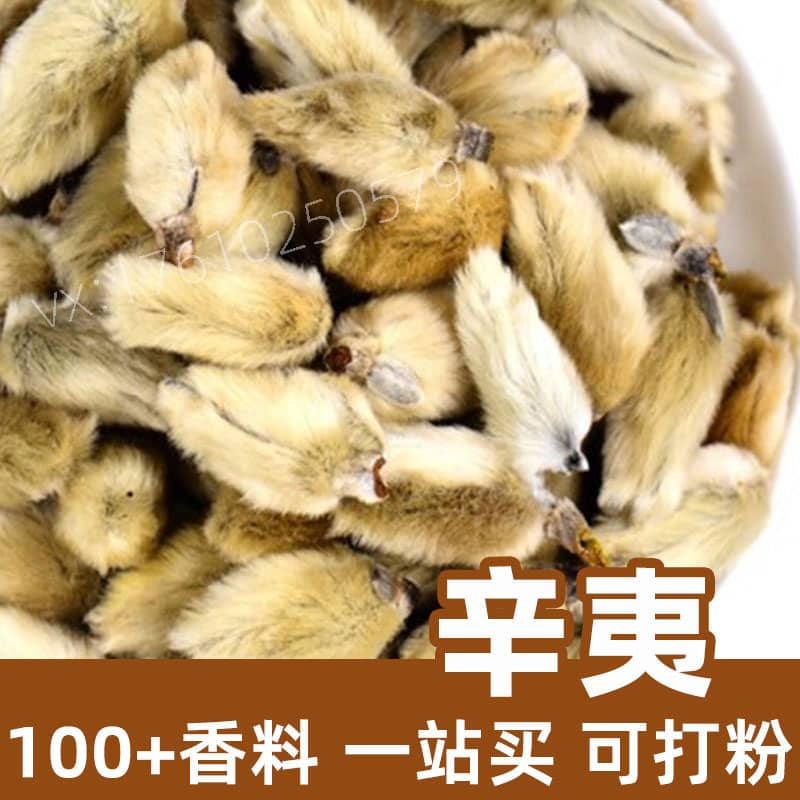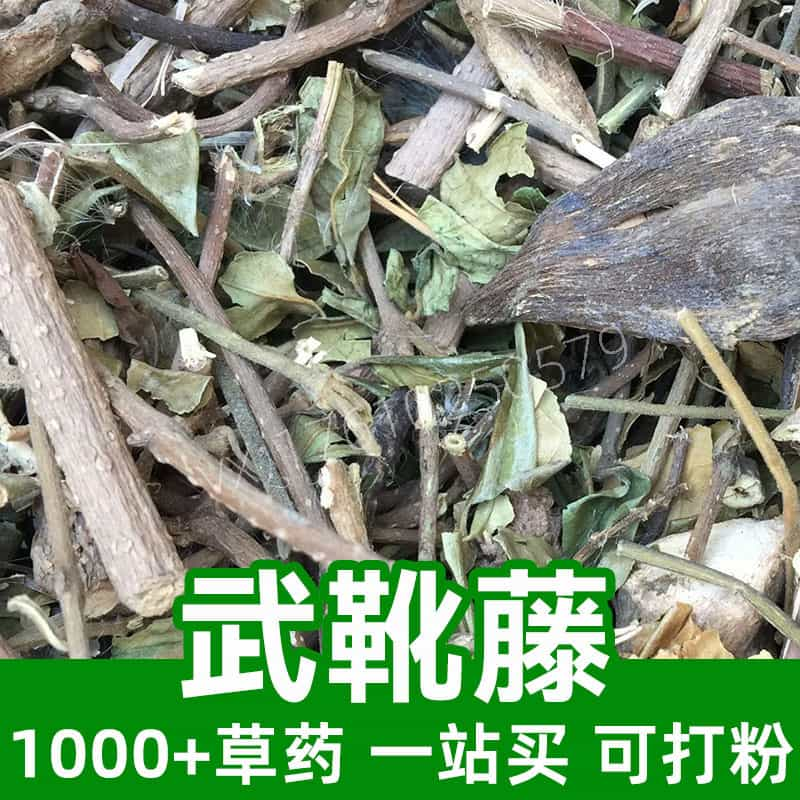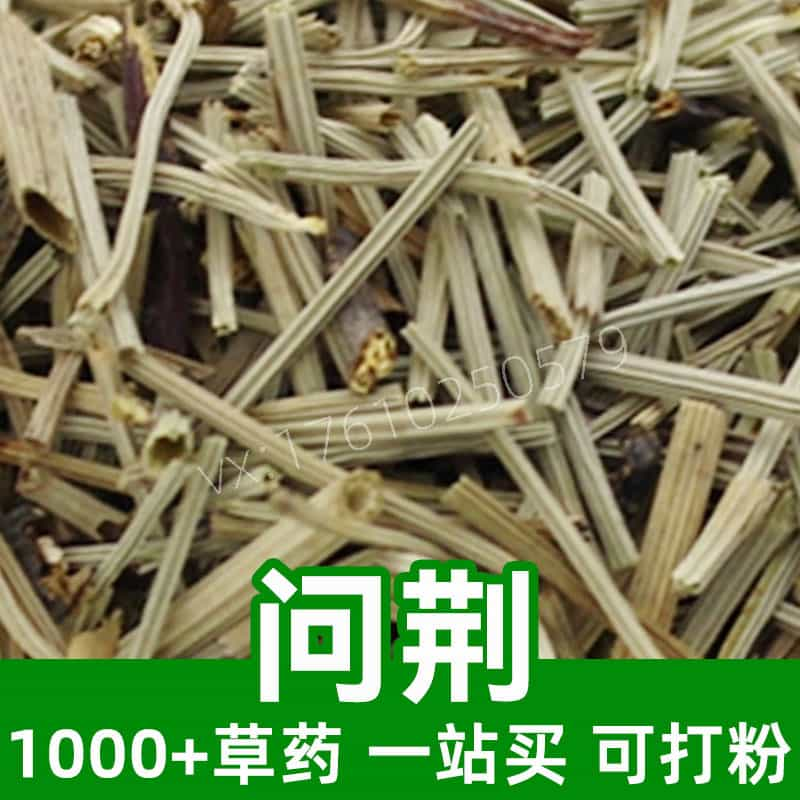Product Introduction
Polyporus, known in traditional Chinese medicine (TCM) as Pi Pà, is a type of fungus belonging to the Polyporaceae family. This herb is predominantly harvested in East Asia, where it flourishes in decayed wood environments, especially in old forests. Notably, Polyporus has been valued for centuries for its purported health benefits, including its ability to promote vitality and nourishment. The primary components of Polyporus include polysaccharides, which are known for their immune-boosting properties, and triterpenoids, which may contribute to its adaptogenic qualities. In TCM, Polyporus is classified as sweet and bland, and it is said to affect the spleen and kidney channels. Commonly utilized in herbal soups and formulations, Polyporus can be consumed either dried or processed into powder, offering versatility in culinary applications. Its mild flavor complements many dishes, making it an excellent addition to both traditional and contemporary recipes.
Main Active Ingredients
Polyporus is rich in various bioactive compounds, with a notable emphasis on polysaccharides, triterpenoids, and phenolic components.
- Polysaccharides: The primary active ingredient, polysaccharides in Polyporus, play a significant role in supporting immune health. Specifically, they are known for enhancing cellular immune responses and may aid in promoting general well-being.
- Triterpenoids: This group of compounds contributes to the herb's adaptogenic properties, potentially helping the body better respond to stress and exert overall balance. Triterpenoids also have anti-inflammatory activities, making Polyporus a valuable herb in TCM formulations.
- Phenolic Compounds: The presence of phenolic compounds adds to the antioxidant profile of Polyporus. These compounds can help mitigate oxidative stress by neutralizing free radicals in the body.
- Other Nutrients: Polyporus is also a source of vitamins and minerals, including B vitamins, which are essential for energy metabolism and proper cellular function.
In summary, the pharmacological potential of Polyporus is largely attributed to its diverse chemical composition, which can influence various metabolic pathways, providing multiple health applications. Traditional formulations often focus on balancing bodily functions, making Polyporus a staple in harmonious living according to TCM principles.
Product Application Scenarios, Usage, and Dosage
In traditional Chinese medicine, Polyporus is employed for its tonifying properties and is often incorporated into various dietary therapies. The application of Polyporus is twofold: culinary and medicinal.
Culinary Uses
Polyporus is frequently added to broths and soups, where it enhances flavor while providing additional nutritional benefits. Chefs appreciate Polyporus for its unique texture and mild taste, which can adapt well to different cuisines. Typically, the dried fungus is reconstituted before cooking, and it can be featured in vegetarian dishes, stir-fries, or served with rice.
Medicinal Uses
In the realm of herbal medicine, Polyporus is commonly used in decoctions and tinctures. The dosage can vary depending on the desired effect:
- Dried Polyporus: A standard dosage would be around 6-15 grams when used in a decoction, boiled for about 30-60 minutes before consumption.
- Powder Form: For powdered forms, a typical recommendation may be about 3-5 grams mixed with warm water or added to meals per day.
It is critical to consult with a qualified practitioner familiar with TCM before incorporating any herbal products into one's diet or regimen, particularly for individuals with pre-existing health conditions, to ensure both safety and effectiveness.
Introduction to the Source Plant, Distribution, and Growth Environment
Polyporus is sourced from a variety of locations, predominantly found in temperate and subtropical regions of Asia. Its natural habitat includes forest areas where decayed wood is abundant, thriving on hardwood trees like oak and maple.
Growth Environment
Polyporus requires specific environmental conditions to flourish, which typically include:
- Humidity: This fungus thrives in moist conditions, often observed in damp forest settings.
- Temperature: It prefers moderate temperatures, generally between 20°C (68°F) and 30°C (86°F), which coincides with its growth periods in the wild.
- Substrate: Polyporus often grows on fallen or decomposing timber, playing a vital role in the ecosystem by aiding in the breakdown of organic matter.
Its distribution varies geographically; however, regions in China and other parts of East Asia are particularly known for their high-quality specimens. The foraging process often involves scouting areas with old, dying trees that provide the ideal substrate for growth. Harvesting Polyporus must be done sustainably to ensure that wild populations are not depleted.
Harvesting, Processing, and Storage
The harvesting of Polyporus involves a careful approach to ensure the sustainability of wild populations and to preserve the integrity of the fungi.
Harvesting Techniques
Polyporus is typically harvested by hand, using tools to cut the fungus from the substrate without damaging the surrounding ecosystem. The ideal time for harvesting is during the late summer to early fall when the fungus reaches its prime growth phase and showcases its best characteristics.
Processing
Once harvested, Polyporus undergoes processing to prepare it for consumption. This usually involves:
- Cleaning: The freshly harvested fungi are cleaned to remove any debris or dirt.
- Drying: For long-term storage, Polyporus is dried until moisture content is minimal. Dehydration can be done through air drying, sun drying, or using dehydrators to ensure shelf stability.
- Grinding (optional): Dried Polyporus can also be ground into powdered form for easier incorporation into dietary applications.
Storage
Storage practices are crucial to maintaining the quality of Polyporus. It should be kept in airtight containers in a cool, dark, and dry place to prevent moisture absorption and protect it from insects and mold growth. Properly dried and stored Polyporus can remain viable for several years, allowing both culinary and medicinal uses whenever necessary.
In conclusion, Polyporus boasts a rich history and a diverse range of applications in traditional Chinese medicine and cuisine. By understanding its properties, sourcing, and preparation methods, one can appreciate this unique herbal product's value and versatility.
Monica Sun is a seasoned expert in the natural raw materials industry, with over a decade of experience specializing in traditional Chinese medicinal herbs, spices, and fungi. She is skilled in the sourcing, processing, and application of these materials, emphasizing sustainability and innovation. Monica Sun has contributed to the development of high-quality natural raw materials that serve as essential components in functional foods, pharmaceuticals, and cosmetics, delivering tailored solutions to meet diverse market needs.









